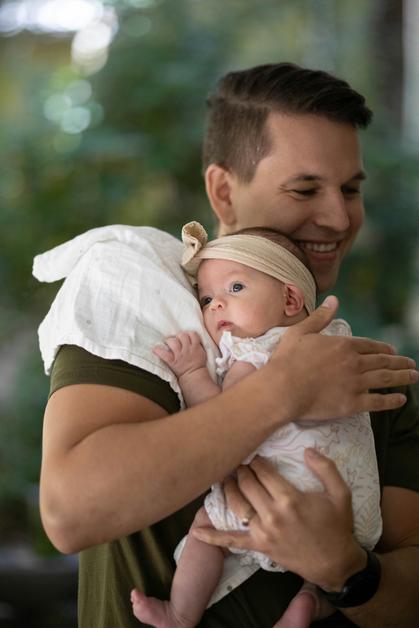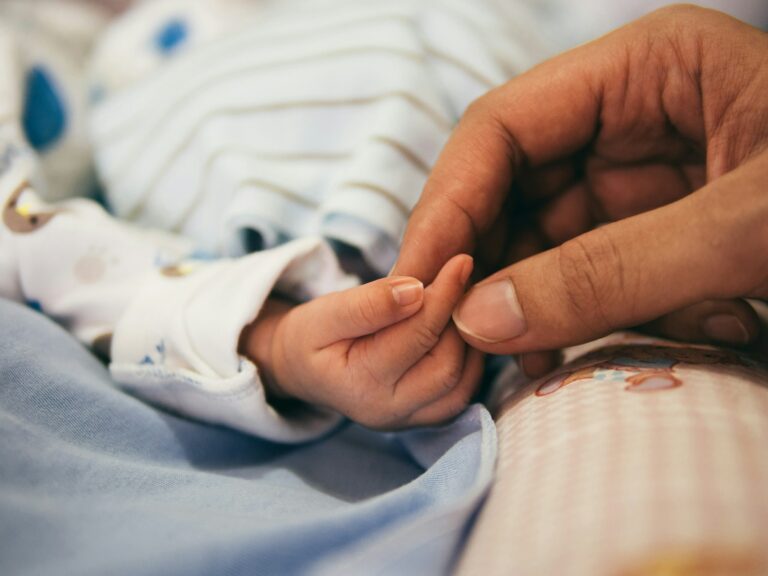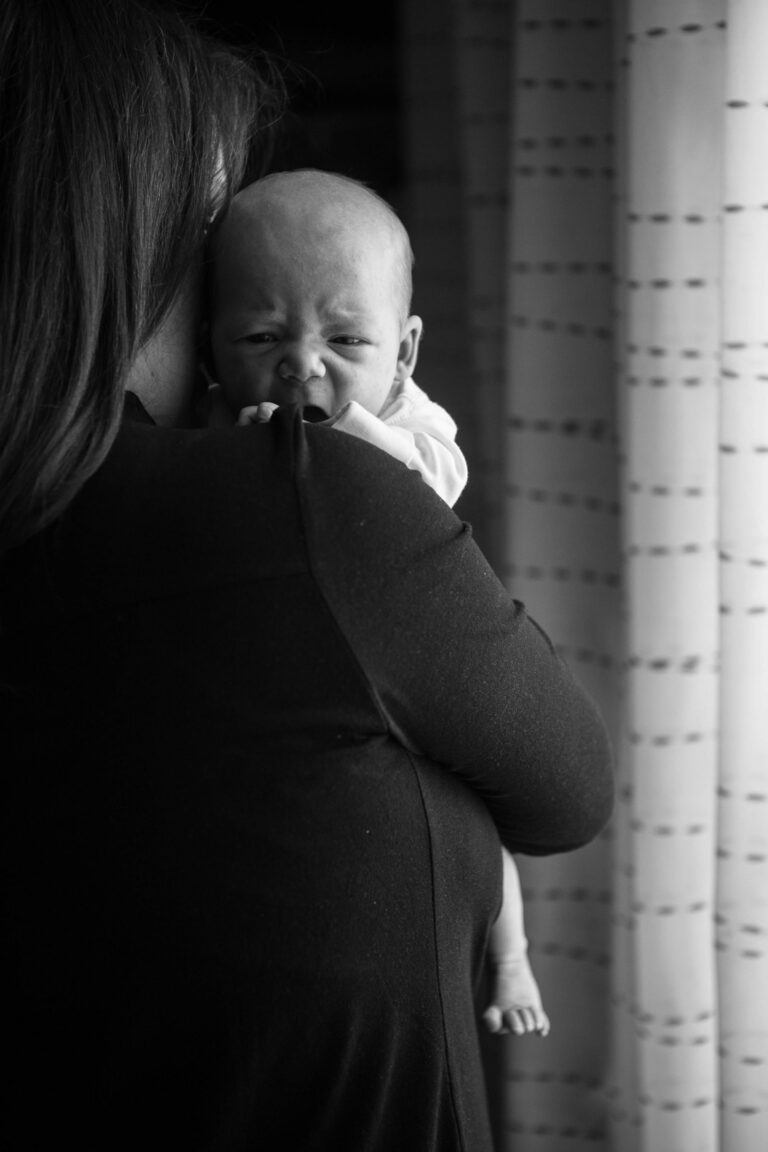Infant burping might seem like one of those small gestures, but for countless parents juggling bottles, midnight cuddles, and the countless mysteries of a baby’s digestion, its impact feels anything but trivial. Parents often ponder: Is it normal if my newborn doesn’t burp after every feed? What should I do when my baby seems gassy and fussy? Why does burping seem effortless for some infants while others wriggle and arch their backs every time? These concerns, sometimes persistent and even puzzling, push families to seek practical, well-founded answers—not just folklore or guesswork. Here, the spotlight is on infant burping: why it matters, how it supports your baby’s digestive comfort, and the fine-tuned practices that might make your daily routine just a hint gentler.
The journey starts with understanding why infant burping is such an integral part of feeding—how the act not only soothes distress but pairs with strategies that respect both science and your child’s personality. From signals—like clenching tiny fists and slowing their sucking rhythm—to science-backed burping positions, you’ll find both reassurance and answers fitted to real family life.
The Science Behind Infant Burping: Why and How Air Gets Trapped
Why does infant burping matter, truly? During feeding—whether latching at the breast or nursing from a bottle—babies naturally gulp tiny pockets of air along with their milk. The mechanics differ from one feeding method to another. For instance, bottle feeding increases the likelihood of swallowing excess air if the bottle’s angle isn’t right or if the nipple flow is too swift or slow, sparking more frequent needs for infant burping. In contrast, the breast creates a snug seal, usually lessening trapped air, yet even breastfed infants sometimes squirm mid-feed, asking for relief.
Air that lingers unsettled in the baby’s tummy can lead to pressure, bloating, or that distinctive fussy cry which often leaves parents searching for explanations in the dark. When burping helps release this air, it prevents uncomfortable gassy buildup, and may keep colic at bay. Sometimes, if the air isn’t released, milk may come back up in the form of spit-up—a familiar but still concerning event for new families. Burping isn’t just an old tradition; it’s a reflection of basic digestive physiology and supports smoother feeding by reducing premature fullness and possible episodes of reflux.
When to Burp: Signs and Timing Specific to Infant Burping
A baby’s signals often unfold like a language of their own—one filled with wiggles, sudden fussiness, or an arched spine. Noticing these cues is the first step in mastering infant burping. Some infants release air without much help, but others clearly need your intervention. What might prompt that need?
- Fussiness or squirming during feeding sessions
- Arching the back or pulling legs up
- Pausing frequently or slowing down while sucking
- Tensed fists or heightened gassiness
- Unexpected spit-ups even when feeding calmly
Pausing for a burp when these hints appear can transform mealtime from struggle to comfort. For breastfed babies, many families find it helpful to offer a burping break when switching sides or after the feed wraps up. A smooth feeder may need less, while an infant prone to swallowing air—often seen with a looser latch—could need more frequent burping pauses.
Bottle-fed infants usually benefit from burping every 2–3 ounces (approximately 60–90 ml), and sometimes after every single ounce in especially gassy situations. Night feeding, with its sleepy dream feeds, calls for a delicate balance: a gentle attempt at burping suffices, unless you sense continued discomfort.
Infant Burping Positions and Techniques: Which Methods Work Best?
The technique behind infant burping isn’t one-size-fits-all. Success can mean exploring different positions—sometimes even within the same feed—until a gentle release of air brings clear relief.
Over-the-Shoulder
This classic move never seems to tire. Place your baby upright against your chest, chin nestled softly on your shoulder. With one hand supporting their bottom, use your other hand to softly pat or rub their back using a gentle, cupped hand. A burp cloth is your trusted ally here, protecting against the occasional gurgle of milk.
Seated on Your Lap
Position your baby facing outward, upright on your lap. Support the chest and jaw with your hand (ensuring you never press on the throat), then pat or circle the back gently. Some babies, especially those not keen on the over-the-shoulder trick, find comfort in this more controlled posture.
Tummy-Down Across Knees
Place your baby belly-down across your legs, their head slightly raised and well-supported. This position suits certain infants—though not those prone to frequent spit-up—and can provide effective pressure to help trapped air escape.
Upright and Swaying
Secure your baby upright against your body. A gentle sway or walk, combined with rhythmic pats on the back, can coax out stubborn bubbles. Especially useful for active babies who resist remaining still.
Each position should ensure the head and neck remain straight and secure. Avoid sharp jostling or forceful movement—your goal is a calm, reassuring rhythm, not a rush towards results.
How Often and How Long to Persist with Infant Burping
Are you wondering, “What if my child doesn’t burp every session?” Here’s the heartening bit: not every feed needs to end with a burp. If your baby is relaxed, content, and free from signs of discomfort, focus on their signals, not rigid rules. Five minutes is a sensible threshold. If nothing happens, return to feeding or simply hold your baby upright—many babies burp quietly or dispel excess air naturally, even while resting in your arms.
Some circumstances call for more attention:
- Premature infants with underdeveloped digestive control
- Babies with frequent gas, irregular feeding, or those prone to reflux
If discomfort seems persistent, reevaluation of feeding practices and medical advice may become necessary.
Troubleshooting Common Challenges with Infant Burping
What if repeated attempts leave you—and your baby—frustrated? These strategies may tip the balance:
- Swap methods: If one position doesn’t lead to success, try another or wait a few minutes before a second attempt.
- Tummy massage: Soft, circular belly rubs or moving baby’s legs as though cycling can support the natural flow of gas through the intestines.
- Other culprits: Sometimes, fussiness isn’t from air—hunger, fatigue, or a wet diaper can mimic digestive woes.
- Double-check feeding: For bottle feeding, ensure the right nipple size and bottle angle. Breastfeeding? A secure latch makes all the difference in swallowing less air.
Infant Burping for Reflux, Gas, and More
Digestive discomfort often traces back to trapped air, yet some infants are especially sensitive, such as those with reflux or frequent spit-ups. Here, upright burping is particularly valuable. Holding your baby vertically after meals, for 10-15 minutes, can minimize spit-up episodes and help food settle in the stomach.
Colic remains a challenge for many families, manifesting as long bouts of crying, especially in the evenings. Air swallowing is both a symptom and cause; thus, regular infant burping, combined with calming routines, may soften these stormy episodes. Hiccups, common after feeds, are rarely harmful. Gentle burping can ease their passing, but give your baby space—most resolve without intervention.
If burping and careful feeding adjustments don’t bring relief, or if you notice poor weight gain, persistent vomiting, or ongoing distress, contacting a paediatrician becomes important.
Myths and Facts: Does Every Baby Require Burping?
You might hear that all babies, without exception, must burp after every meal. Evidence and experience say otherwise. Breastfed infants, especially, often swallow less air, so some may almost never burp. The true guide isn’t routine—it’s your baby’s comfort and cues. Bottle-fed babies usually need more attention, given increased risk of swallowing air, but even here, flexibility and keen observation matter more than strict scheduling.
Using slow-flow nipples, adjusting bottle angle, or taking breaks can all help minimize how much air baby swallows.
Supporting Easier, Gentler Infant Burping at Home
A few thoughtful tools and habits lighten this aspect of newborn care:
- Opt for absorbent burp cloths and waterproof bibs, always within reach.
- Use supportive seating or nursing pillows to keep both you and your little one comfortable.
- Calm surroundings help—a softly-lit room, gentle rocking, or calming music can make a difference.
- Baby carriers offer hands-free, upright holding to encourage air release post-feed.
Above all, patience—infant burping is more an art than a checklist. Trust your child’s cues, support their comfort, and reach out to medical professionals for persistent concerns.
Key Takeaways
- Infant burping supports smoother digestion and comfort by releasing swallowed air, preventing issues like gas, bloating, and colic.
- Babies fed by bottle commonly need more frequent burping than those breastfeeding, but always let your baby’s cues lead.
- Mastering a blend of positions (over-the-shoulder, upright, across knees) and noticing individual signs ensures the approach fits your baby.
- Time, patience, and flexibility are your best allies—every infant finds their own rhythm.
- Frequent or distressing digestive symptoms warrant a discussion with your paediatrician.
- Personalised support is at your fingertips—explore resources, professional advice, and tools. Download the application Heloa for customised tips and free health questionnaires tailored for your baby’s needs.
Questions Parents Ask
Can you over-burp a baby or try too often?
Worrying if too much infant burping could harm your baby is entirely natural. The reality is, regular and gentle burping, even if done often, is safe and, most times, beneficial. If your child appears comfortable and shows no distress, you can pause. Simple observation and responding to your baby’s state provides the best guidance.
How long should you try to burp a baby if nothing happens?
Most babies, especially those breastfed, might not always release a burp every time. If after around five minutes nothing happens, you can safely stop the attempt—comfort matters above chasing a burp. You can always try again later or after a change in position. Focus on your baby’s ease, not absolute results.
Are there signs that a baby doesn’t need to be burped?
Absolutely. Infants who remain relaxed, feed without interruption, and show no abdominal tension or fussiness generally do not require extra infant burping. Trust these peaceful moments—they tell you more than any schedule. Every feeding is unique; adaptability makes all the difference.
Infant burping, in the end, is about comfort, not compulsion—let your baby’s needs light the way.
Further reading:









